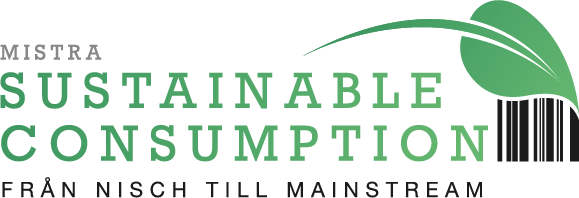
Travel motives
Understanding tourists travel motives is crucial in several respects. Partly for tourism business owners who need to understand which needs their experiences should fulfil for tourists, but also for the various authorities planning for tourism development. It can also explain tourists’ (unsustainable or sustainable) behaviour on holiday and make it possible to counteract or encourage that behaviour.
It’s important to clarify the definition of travel motive, especially in relation to the purpose of the journey. Motive isn’t the same thing as purpose. Motives are the underlying psychological reasons why we travel, and are often not openly taken into account, unlike the purpose of the trip. They reflect the needs of the individual and can often be hard to put into words.
One example: The purpose of my last trip to Stockholm was to meet friends and acquaintances as well as go to a music event. Those were my desired experiences and the purpose of the trip. Motive explains why we want to travel for that purpose and can in this case, for instance, be escapism (i.e. getting away from it all), relationships (strengthening and nurturing relationships with nearest and dearest) or nostalgia (seeing the band I’ve loved since I was a teenager). That it was Stockholm in particular that I travelled to was because I have friends there and the band was playing there that weekend. But it could just as easily have been another destination. In this context it’s also common to talk about push or pull factors, in other words factors that push you away from your home area and factors that pull you to various destinations. The former often includes motive, like the desire to escape day to day life (escapism) or to try and find something different (novelty seeking), whereas pull factors are specific attractions in destinations (read more about that later under Destinations’ Offers).
Research on travel motive has discovered a number of different motivating factors and patterns, that often change depending on context and destination. Two theories have been important for the understanding of travel motive; Travel Career Ladder and Travel Career Pattern, which are partly based on Maslow’s well known Hierarchy of Needs. The latter progresses the former, and focuses on motivation patterns, in other words the many different motives that cluster together to form a tourist’s motivation to travel to a particular place. The Travel Career theory is important here, as well as motivation pattern. Someone who has visited every corner of the earth and travelled continuously for long periods has other motives than a first time traveller. The motives overlap each other but research has shown that in general there is a significant difference that is derived from a tourist’s prior experience of travelling.
Research shows that tourists with high travel experience want to distance themselves from other “tourists” (read: charter tourists) and see themselves as “travellers” and “explorers”. Consumption of (different kinds of) journeys consequently becomes an important strategy, which is used to differentiate themselves socially and culturally from others. In the table below we can see examples of which motives arise in connection to how experienced a tourist is.
|
Motives for all tourists |
|
|
Novelty seeking Escape/relax Relationship Self-development |
|
|
Tourists with low travel experience |
Tourists with high travel experience |
|
Stimulation Self-development (Personal development) Relationship (Security) Self-actualization (Identity) Nostalgia Romance Recognition |
Nature Self-development (Host-site involvement) Relationship (Strengthen) |
Table 1: Motivational factors, travel career patterns (adapted from Pearce & Lee, 2005)
The table shows that there are four main motives which arise whatever the travel experience; Novelty Seeking, Escapism/Relaxation, Relationships and Self Development. The last two motives pull in different directions depending on the travel experience; internal or external (personal development versus host site involvement and security versus strengthen relationships). The table also shows motives that are generally specific to those with lower travel experience.
Research on travel motives is often carried out on Western tourists. There’s a certain degree of variation in how strong the different travel motives are, but studies of Asian tourists, for instance, show bigger differences. For example prestige or self-actualization, and strengthening family relationships have been shown to be of greater importance in studies of Japanese tourists, and novelty seeking is less important in comparison. Other cultural contexts are said to be the largest reason for these differences.
Sources
Crompton, J. L., & McKay, S. L. (1997). Motives of visitors attending festival events. Annals of Tourism Research, 24(2), 425-439.
Iso-Ahola, S. E. (1982). Toward a social psychological theory of tourism motivation: A rejoinder. Annals of Tourism Research, 9(2), 256-262.
Kim, S. S., & Prideaux, B. (2005). Marketing implications arising from a comparative study of international pleasure tourist motivations and other travel-related characteristics of visitors to Korea. Tourism Management, 26(3), 347-357.
Munt, I. (1994). The ‘Other' postmodern tourism: Culture, Travel and the New Middle Classes. Theory, Culture & Society, 11(3), 101-123.
Pearce, P. L., & Lee, U.-I. (2005). Developing the travel career approach to tourist motivation. Journal of Travel Research, 43(3), 226-237.










